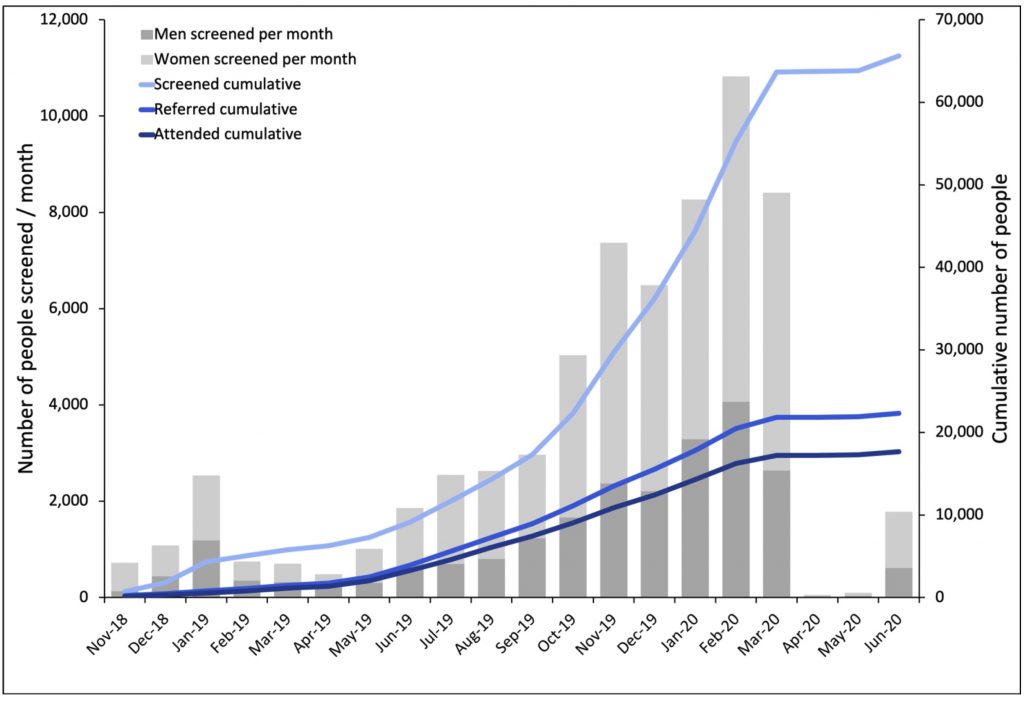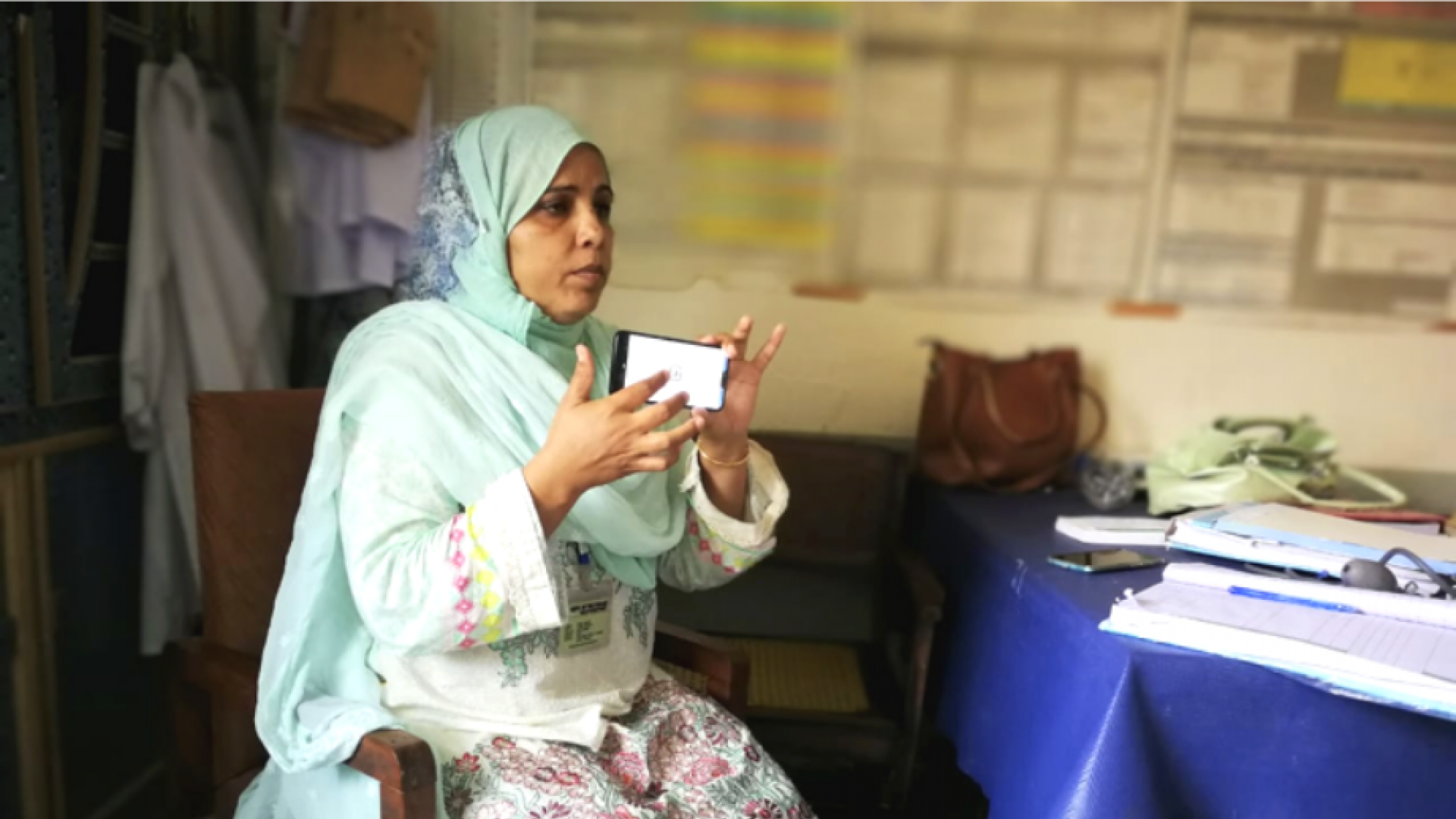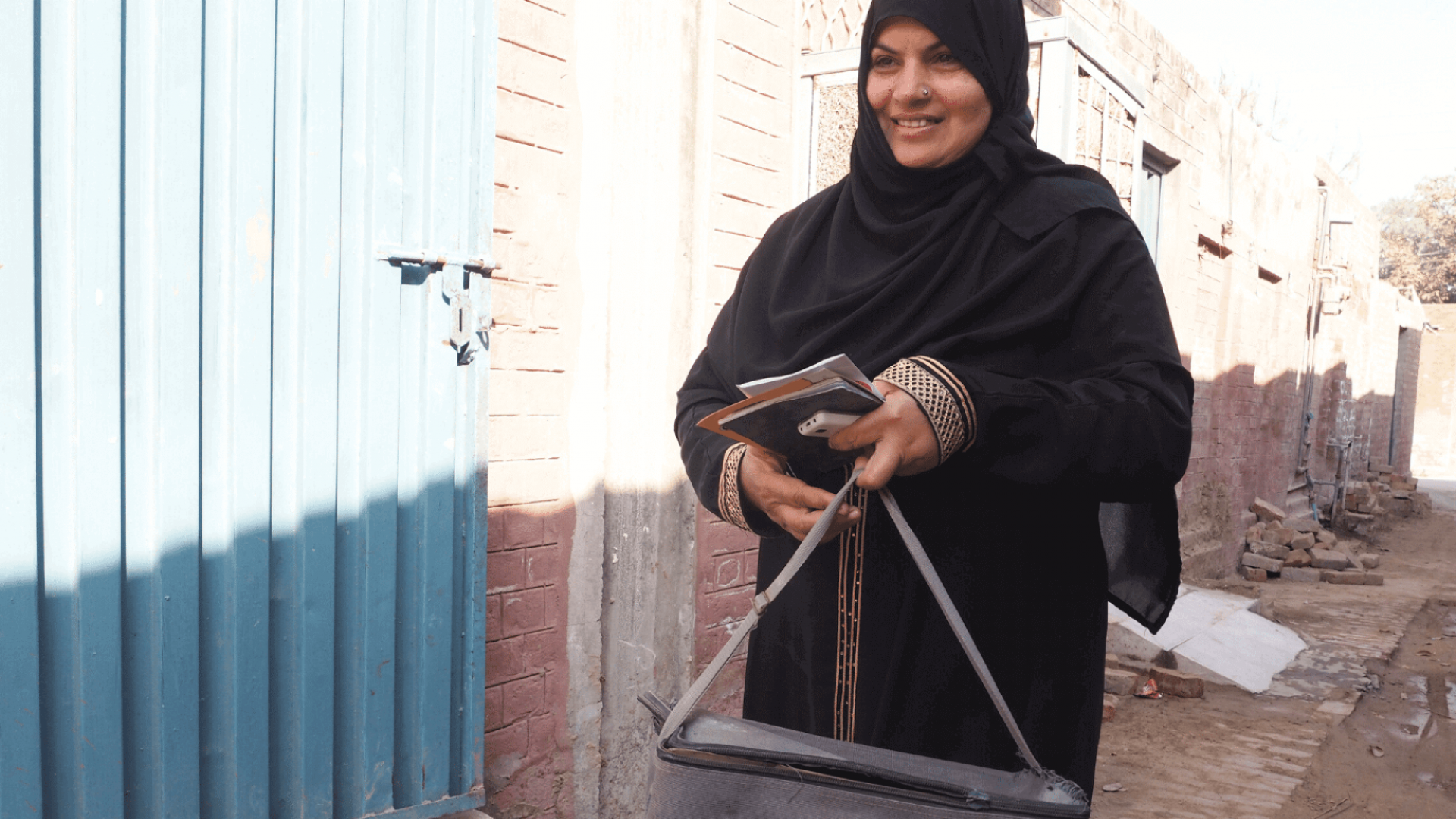In 2018, Pakistan initiated a mHealth enabled eye health programme, involving Lady Health Workers conducting community-based vision and eye health screening. This programme uses smartphone-based data capture and cloud computing to track screening coverage, disaggregated by gender, referral adherence and case mix at the tertiary level. The figure below shows the increasing number of people receiving vision screening services over time, from an initial 724/month, to >10,000/month by early 2020, followed by a precipitous drop once paused due to the COVID-19 pandemic.
Early in the programme a gender bias was observed, with women comprising 82% of vision screening events. This was attributed to female health workers carrying out the screening, and this was a barrier to men accessing services. The addition of male social organisers resulted in a more balanced gender distribution within a few months.
Uptake of referral (figure) was tracked in real-time and service improvements made to promote uptake, including the use of automated messaging, appropriate advice and counselling at each level of the service, in response to regular data reviews and decision forums. Data also drove targeted human resource decisions including the recruitment of optometrists and equipment procurement, which was done in May 2019 in response to a bottleneck in refractive services. Growth in referrals and triage occurred once supply and demand had been equilibrated.
At baseline, 41% of tertiary consultations were refractive error related, despite these services being available in the community. While screenings and referrals continuously increased, the proportion attending tertiary consultations with refractive error dropped to below 1%; the rest were cared for in the community
By establishing the digital system enabled eye health screening programme, the population in need was effectively reached. The ability to assess health system performance in real-time allowed timely identification of bottlenecks and groups of people underserved. This guided decision making, leading to service delivery improvements that could be tracked and evaluated further.
Period covered, November 2018 to June 2020. Numbers of people screened in the community, referred to the eye clinic, and attended the eye clinic after being referred. Note the effect of COVID-19 in April, May and June 2020.



